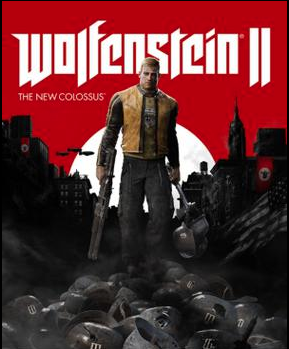The Historical Environment as Aged Icon (in Red Dead Redemption 2)
/As far back as Roosevelt or Owen Wister and his novel of western grit and masculinity, The Virginian, the West has been charged with an evocative sense: as a virtue, as place, as image. What we see in games such as RDR2 is how the aged veneer of the built environment and various objects authenticates the centrality of the past as not just being ‘long ago,’ but as continuously old: they were never new because they were from long ago. The use of buildings in videogames in such a way conforms and confirms how many people locate and think of the past as an aged icon. New is now; old was then. The objects that appear old are construed as old. The use of an aged icon within the built environment locates the past as distant while at the same time decreases the authenticity of the actual item. The distance here then is to differentiate us from an older era; however, it also equates the past with age in itself. A marker not known to those who would have existed within that world as objects would present as new and not timelessly old.
For purposes of time, this paper will primarily engage with the built environment within RDR2, a game situated within an era, the late 19th century American West, that is at its supposed end, and by the nature of that definition, old and dying. The marketing department at Rockstar must love the turn of the clock as much as most love to decadize and periodize history as ending with a 0 or two: To quote an early trailer for the game: “America 1899, the end of the Wild West era…” While only 30 or so odd years are meant to contain the era smothered between the Civil War and 19 double aught, that 30 years of reach is done and dusted with the impending rampage of civilization in 1900 according to the game, and the structures that maintain and contain the ideas and meaning of the ‘old West’ and the imagined past, what I refer to as aged icons, are shown as having aged themselves – they are falling apart, dilapidated, or contain the death and destruction of an era that is presumed to have had little order or control over the social and political affairs of its society or the coming civilized world. (Lee) It is this presentation of the historical artifact as built environment, and how these games choose to re-present that past locked in with how they choose to construct the built environment that is the focus of my paper today.
Read More




